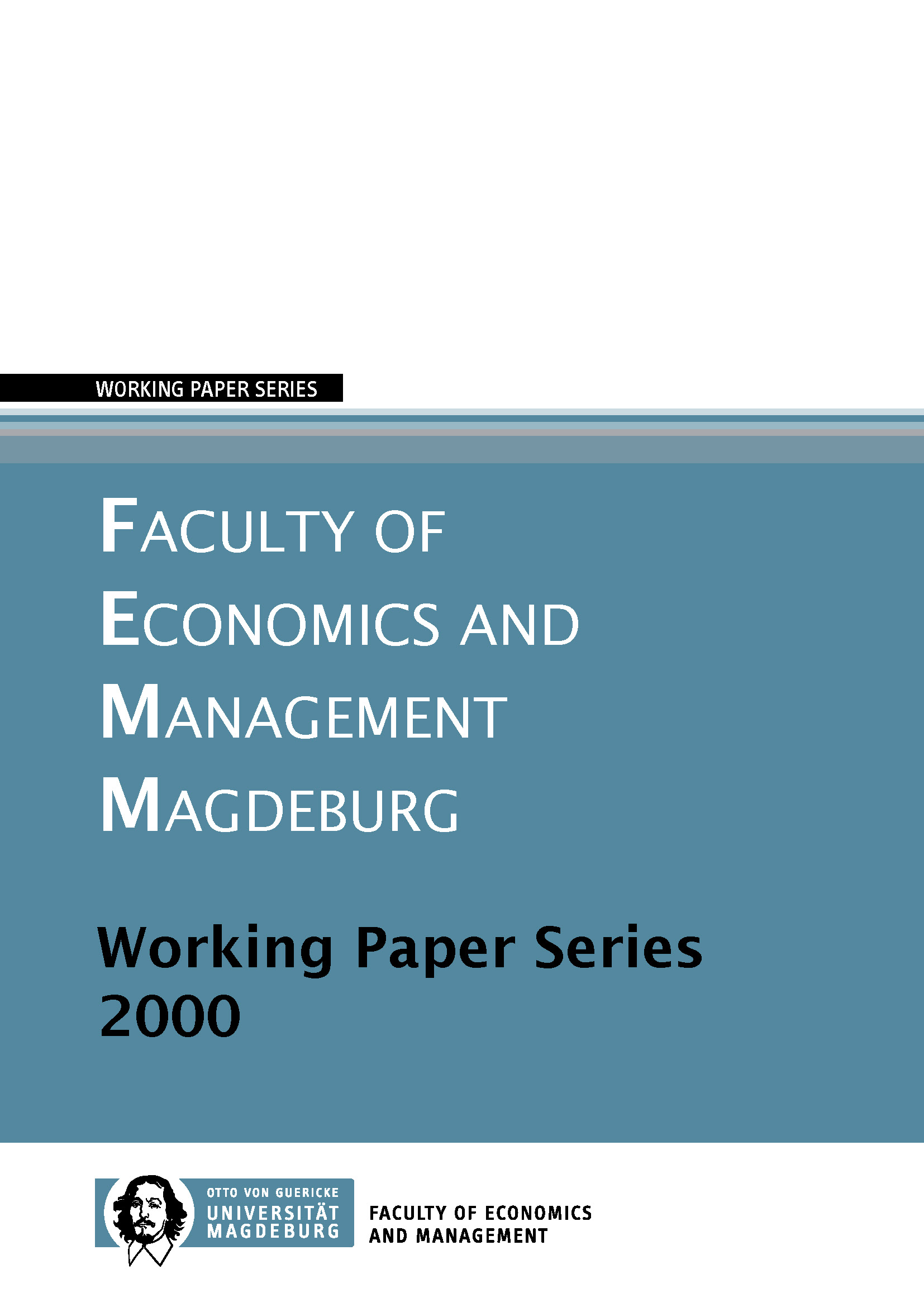Social Self-Control, Target Eficiency and Social Discount Rat in a Three Generations Model
Schlagworte:
social discount rate, target efficiency, social self-control, public investmentAbstract
The presented model of three generations reveals the relation of target efficiency and social discount rates. The resent generation can choose between short-term and long-term investment to care for the distant future. A scenario of social self-control is he most interesting one of many useful reference lines for the discussion about the social discount rate. The curiosity of this self-control behavior of society is that in contrast to self-control of individuals threatened to face an justified reproach from this near-future generation to have overdrawn long-term investments- This is because the preferences of the first generation were supposed to be totally symmetric, and, even perhaps identical to the preferences that the near-future generation applied. Apart from this an exclusive orientation on target efficiency expressed in simple comparisions of rate of returns may be misleading, especially in the case of strongly symmetric preferences, because uncomplete altruism of the near-future generation implies an additional bias against the distant future which generates an avoidable asymmetry in the implementation of given careness levels for the near and the distant future. But contrarily target efficiency can give the proper signal for the present investment decision if we suppose constant exponential discounting. So the position towards the principle dependence of discount factors on distances between lifetimes is an essential logical bifurcation within 3GM outcome. Neither the strong nor the weak form of symmetric present preferences produces some kind of ex ante definiteness of the potential outcomes but the first clearly strengthen the weight of long-term investment. The principal result is shown for the class of CIES utility functions.


